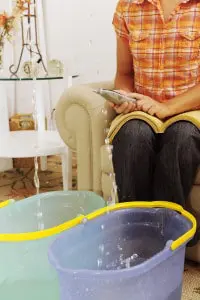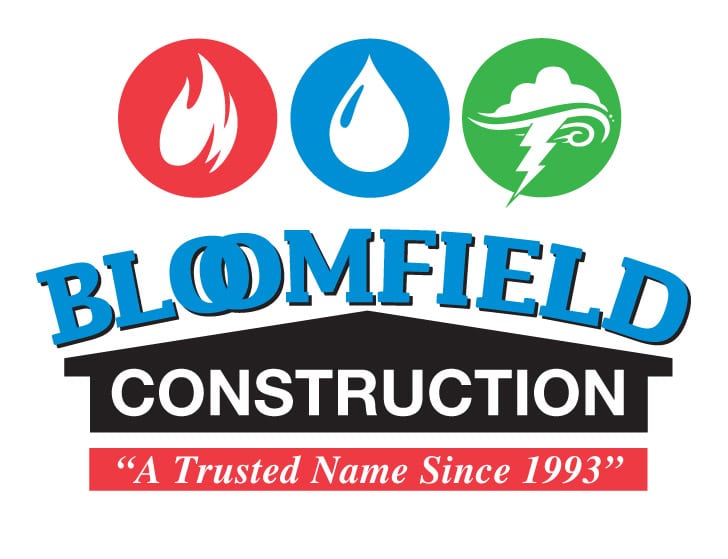 Most Michiganders consider spring to be the rainiest time of the year. While it typically rains more frequently in Spring months, Michigan actually has a higher rain volume in August and September. Combine this with fall weather, shedding trees and often high winds, many home owners get the unpleasant surprise of a leaky roof.
Most Michiganders consider spring to be the rainiest time of the year. While it typically rains more frequently in Spring months, Michigan actually has a higher rain volume in August and September. Combine this with fall weather, shedding trees and often high winds, many home owners get the unpleasant surprise of a leaky roof.
No matter how small it may be, a leaky roof can be a serious problem and cause significant damage to your home. It’s important to act quickly and ensure the issue is properly taken care of. In this blog, we’ll walk you through a few important steps to solving your home’s roof leak and what you can do to prevent it from happening again.
I Have a Leaky Roof: What to do Next
Minimize interior damage.
Once you spot a leak, quickly remove any items near the drip. Place a tarp over your home goods for protection. If the water is making your ceiling’s paint bubble, puncture the spot with a small pin. This will help ensure the water is able to escape and can slightly lessen the damage to your paint and ceiling.
Identify where the leak is coming from.
Determining exactly where the leak originated can be difficult, and is typically a process of elimination. The exterior’s damage often doesn’t match the location of the interior leak. Consider the slope of your roof. The water may run down the roof’s interior, falling away from the water’s origin.
Tips to identify the leak more easily:
- Start with the attic. Be sure to bring a flashlight, this can help you see the water’s reflection.
- While in the attic, look for light shining through the ceiling.
- If it’s not raining outside, bring a hose onto the roof. Ask a helper to go in the attic and keep an eye out for drips. Be very careful; wet roofs tend to be very slippery.
- Search for cracked shingles.
- When on the roof, pay close attention to any location where two materials meet, such as the siding and flashing.
- In colder months, look for ice dams.
- Examine your vent pipes for rust, cracks or broken seals.
- Ensure your gutters are clear from debris.
Don’t wait to fix the leaky roof.
The longer you wait to get the problem repaired, the more damage the water will cause. Even if the water isn’t consistent, and only happens during heavy rain, there is likely damage occurring that you cannot see. Additionally, not getting the leak fixed immediately could impact if insurance will cover repairs.
Find out if the repairs are covered by insurance.
Coverage for roof repairs is dependent on the cause of them. Our previous blog Does Insurance Cover RoofReplacement can tell you everything you need to know about what insurance will and won’t cover for roofing problems.
Determine if you can make the repairs yourself.
Don’t make this decision lightly. We recommend getting a professional’s opinion, such as a home inspector or contractor. Though YouTube videos may make it look very simply, the necessary repairs may be more extensive than you think. Quick patch jobs don’t always take care of the entire problem, and result in more money and frustration later.
If necessary, call a professional.
The contractor that you hire to make the roof repairs should specialize in this service. Many roof leaks are actually caused by faulty work done by a home contractor who did a lack luster job or didn’t invest in the right materials. If your roof’s damage will be covered by insurance, consider finding a contractor that specializes in insurance repairs.
Prevent future water problems.
You should inspect your roof annually for damaged or worn shingles and flashing. Even if they haven’t caused a leak yet, proactively taking care of these concerns can save you hassle later. In fact, the National Association of Home Builders recommends home owners get roofs professionally inspected every three years.
Also, it’s important to regularly clean your gutters. Be sure nearby trees are always well maintained and don’t have any dead branches on them.
Have a leaky roof problem? We can help!
Contact Bloomfield Construction
Related blog:
DIY Tips for Basement Flood Cleanup



